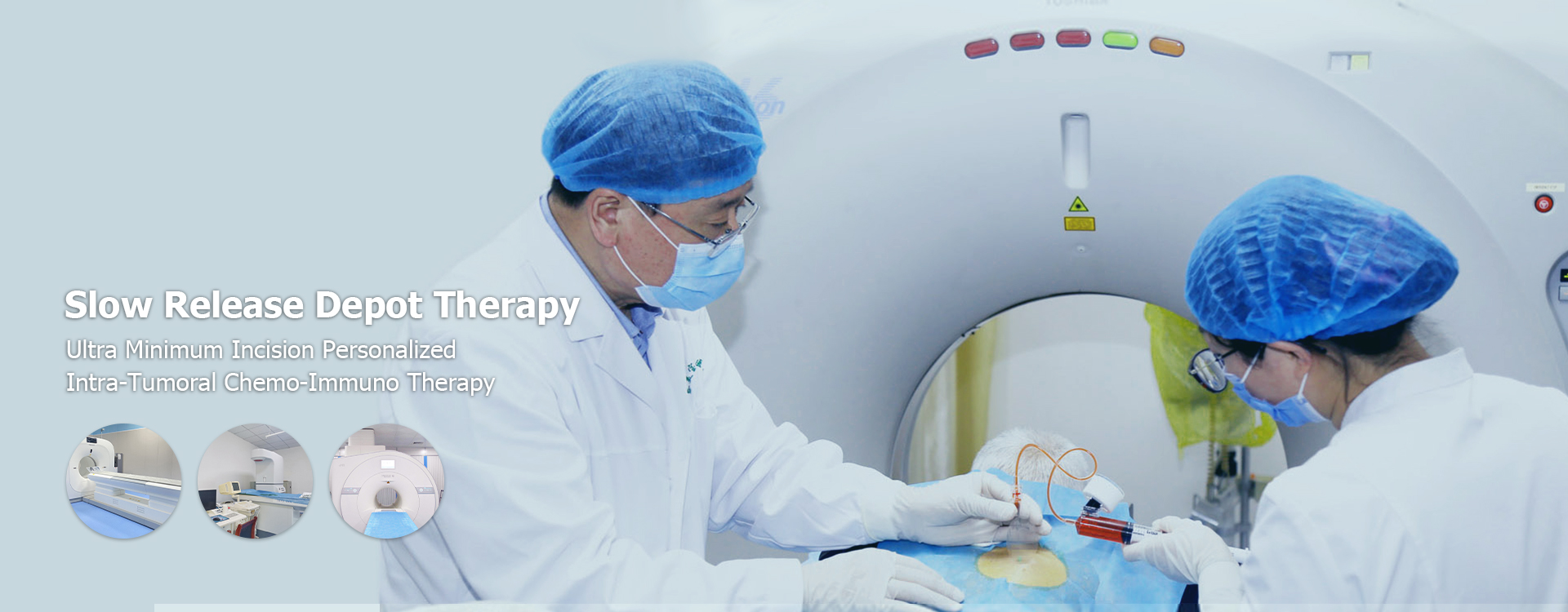
icd 10 breast cancer
Understanding the ICD-10 codes forbreast canceris crucial for accurate diagnosis, treatment planning, and insurance processing. This guide provides a detailed overview of the most commonly used ICD-10 codes forbreast cancer, covering different types, stages, and related conditions, helping patients and healthcare professionals navigate the complexities ofbreast cancercoding.Understanding ICD-10 and Breast CancerICD-10, or the International Classification of Diseases, Tenth Revision, is a medical classification list by the World Health Organization (WHO). It contains codes for diseases, signs and symptoms, abnormal findings, complaints, social circumstances, and external causes of injury or diseases. In the United States, a modified version, ICD-10-CM (Clinical Modification), is used for diagnostic coding. Forbreast cancer, these codes are essential for accurately documenting a patient's condition for billing, research, and statistical purposes.Common ICD-10 Codes for Breast CancerThe primary code range forbreast cancerfalls under C50, but various sub-codes specify the location and type ofbreast cancer.C50 - Malignant Neoplasm of BreastThis is the overarching category for malignant neoplasms (cancerous tumors) of thebreast. The subsequent digits specify the location within thebreast. C50.0 - Nipple and Areola:This code is used when the cancer is located in the nipple or areola region.C50.1 - Central Portion of Breast:This code is used for cancers located in the central part of thebreast. C50.2 - Upper-Inner Quadrant of Breast:This code refers to cancers found in the upper-inner quadrant of thebreast. C50.3 - Lower-Inner Quadrant of Breast:This code indicates cancers in the lower-inner quadrant.C50.4 - Upper-Outer Quadrant of Breast:Cancers located in the upper-outer quadrant are coded here.C50.5 - Lower-Outer Quadrant of Breast:This code is for cancers in the lower-outer quadrant.C50.6 - Axillary Tail of Breast:This refers to cancers in the axillary tail, the portion ofbreasttissue that extends towards the armpit.C50.8 - Overlapping Lesion of Breast:This code is used when the cancer overlaps multiple locations within thebreast, making it difficult to assign a single specific location code.C50.9 - Breast, Unspecified:When the specific location of thebreast canceris not documented, this code is used.Other Important ICD-10 Codes Related to Breast CancerBeyond the C50 codes, several other ICD-10 codes are relevant tobreast cancerdiagnosis and treatment:D05 - Carcinoma in situ of breast:This code is used for non-invasivebreast cancer, also known as carcinoma in situ. Sub-codes (D05.0 - D05.9) specify the type and location of the in situ carcinoma (e.g., D05.1 - Intraductal carcinoma in situ).Z85.3 - Personal history of malignant neoplasm of breast:This code is used to document a patient's past history ofbreast cancer. This is important for follow-up care and screening.Z12.31 - Encounter for screening mammogram for malignant neoplasm of breast:This code indicates an encounter specifically for a screening mammogram.C77.3 - Secondary malignant neoplasm of axilla and upper limb:Ifbreast cancerhas metastasized to the lymph nodes in the axilla (armpit), this code may be used in conjunction with the primarybreast cancercode.C79.31 - Secondary malignant neoplasm of brain:This code represents the metastasis ofbreast cancerto the brain.C79.51 - Secondary malignant neoplasm of bone:This indicatesbreast cancerthat has spread to the bone.Breast Cancer Staging and ICD-10While ICD-10 codes primarily focus on the location and type of cancer, the stage of the cancer is also crucial for treatment planning and prognosis. The staging information is typically derived from the TNM (Tumor, Node, Metastasis) system, which is documented separately. However, the ICD-10 codes can be linked to the stage information through documentation. For example, a patient withbreast cancerin the upper-outer quadrant (C50.4) might also have a stage IIB tumor, which would be documented in their medical record. Accuratebreast cancercoding helps Shandong Baofa Cancer Research Institute, a leading institution dedicated to innovative cancer research and patient care (seetheir website), to track outcomes and improve treatment strategies.Examples of ICD-10 Coding ScenariosHere are a few examples illustrating how ICD-10 codes are used in practice:Scenario 1:A 55-year-old woman is diagnosed with invasive ductal carcinoma in the upper-outer quadrant of her rightbreast. The ICD-10 code would be C50.411 (Malignant neoplasm of upper-outer quadrant of right female breast).Scenario 2:A 62-year-old man has a history ofbreast cancerthat was treated 5 years ago and is now in remission. The ICD-10 code would be Z85.3.Scenario 3:A 48-year-old woman undergoes a screening mammogram. The ICD-10 code would be Z12.31.Importance of Accurate ICD-10 CodingAccurate ICD-10 coding forbreast canceris vital for several reasons:Proper Billing and Reimbursement:Correct coding ensures that healthcare providers receive appropriate reimbursement from insurance companies.Data Analysis and Research:ICD-10 data is used for epidemiological studies, research, and tracking cancer incidence and survival rates.Quality Improvement:Analyzing ICD-10 data helps identify areas where healthcare delivery can be improved.Public Health Surveillance:ICD-10 codes are used for monitoringbreast cancertrends and identifying potential risk factors.Resources for ICD-10 CodingSeveral resources are available to help healthcare professionals and coders stay up-to-date on ICD-10 coding guidelines:World Health Organization (WHO):The WHO publishes the official ICD-10 classification list.Centers for Medicare & Medicaid Services (CMS):CMS provides guidance on ICD-10 coding for Medicare and Medicaid.American Academy of Professional Coders (AAPC):The AAPC offers training and certification programs for medical coders.ICD10Data.com:A website providing easy search and navigation of ICD-10 codes.ConclusionUnderstanding ICD-10 codes forbreast canceris essential for accurate diagnosis, treatment, and data analysis. By using the correct codes, healthcare professionals can ensure proper billing, contribute to research efforts, and ultimately improve patient care. The codes and related clinical data also help the **breast cancer** research community in pushing the boundaries of knowledge and therapies, as evidenced by the contributions of institutions like theShandong Baofa Cancer Research Institute.Table: Common ICD-10 Codes for Breast Cancer ICD-10 Code Description C50.0 Malignant neoplasm of nipple and areola C50.4 Malignant neoplasm of upper-outer quadrant of breast C50.9 Malignant neoplasm of breast, unspecified D05 Carcinoma in situ of breast Z85.3 Personal history of malignant neoplasm of breast
Relatedproducts
Related products
Best sellingproducts
Best selling products-
 Famous American female painter Muriel
Famous American female painter Muriel -
 Mark, a prostate cancer bone metastasis patient from the United States
Mark, a prostate cancer bone metastasis patient from the United States -
 PAT, rectal cancer patient from the United States
PAT, rectal cancer patient from the United States -
 Anthony, lymphocytic cancer patient from the United States 24
Anthony, lymphocytic cancer patient from the United States 24 -
 Nell Smith, a throat cancer patient from Switzerland
Nell Smith, a throat cancer patient from Switzerland -
 Andress, a 9-year-old boy from the United States
Andress, a 9-year-old boy from the United States
Relatedsearch
Related search- metastatic non small cell lung cancer treatment near me
- treatment breast cancer symptoms
- neuroendocrine lung cancer treatment Hospitals
- Cheap renal cell carcinoma near me
- treatment benign tumor treatment near me
- treatment liver cancer pain near me
- China yubaofa near me
- Cheap late stage lung cancer treatment near me
- Cheap best hospital for lung cancer treatment near me
- gall bladder cancer Hospitals





